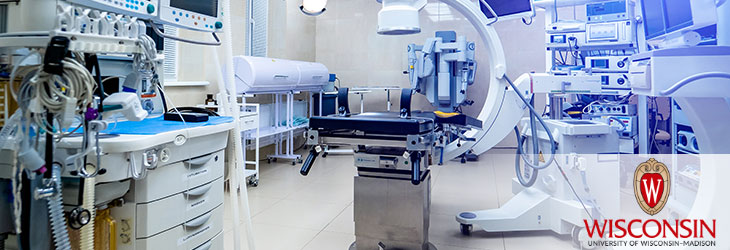
UW researchers have devised a novel technique called histoplasty. Histoplasty is an innovative non-invasive, non-thermal, and non-ionizing focused ultrasound (FUS) technology like high intensity focused ultrasound (HIFU) and histotripsy. Histoplasty non-invasively alters neural tissue microenvironments for broad therapeutic applications in the brain. Unlike histotripsy for therapeutic delivery to the brain, histoplasty does not require microbubble (MB) contrast agents or tissue cavitation to achieve its desired bioeffects.
Histoplasty leverages recent developments in FUS technology and the methodological development of the histotripsy technique, which exploits the mechanical effects of high-intensity pressure fields by optimizing the interaction between acoustic pulses and cavitation nuclei. Tissue ablation with histotripsy uses short ultrasound (US) bursts with a low duty cycle and higher peak pressure amplitudes to generate acoustic cavitation using endogenous gas present in tissues. By comparison, histoplasty applies analogous pulsed US protocols as histotripsy, but instead employs lower peak pressure amplitudes to transmit acoustic radiation forces into targeted soft tissues without cavitation and without tissue ablation.